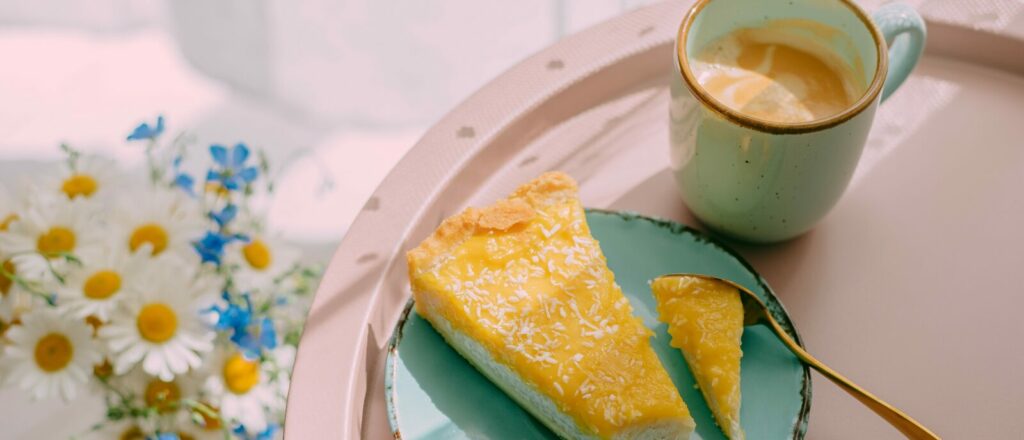Baby boomers are a hedonistic generation whose pleasure comes from food. We’re going to look at their consumption and preparation of pastries, which are an important part of French culinary culture.
Patisserie: a cross-generational activity that not only gives pleasure, but also makes people happy
According to an OpinionWay study carried out in June 2023 on “The French and Patisserie”, patisserie remains a passion shared by all generations, from the youngest to the oldest. Pastry-making is a way of preserving their culinary heritage and maintaining links between generations.
Regardless of age, everyone considers baking to be “a fun activity to do with the children” (91%), an opportunity to “share moments of conviviality” (90%) and also to “do yourself good” (85%). Younger people see pastry-making more as a creative and innovative activity than older people. Pastry-making is also an opportunity for the under-34s to “take up challenges” (84% vs. 69% for the 50-54s) and “try to imitate great chefs” (73%). This is a generation that has seen TV programmes such as “Top Chefs”, launched in 2010, with a number of candidates competing in culinary challenges, accompanied by top chefs. Their elders, for their part, grew up watching the ‘Art et magie de la cuisine’ programme broadcast on RTF between 1954 and 1967, which helped them improve their cooking skills with the advice of chef Raymond, as well as programmes hosted by Maïté and Jean Pierre Coffe, which taught housewives how to improve their everyday cooking.
Pastries eaten by different generations
According to the same study, over 80% of French people surveyed said that they enjoyed pastries and ate them at least two or three times a month, either for themselves or as gifts. However, motivations differ according to age and, more specifically, according to generation.
The over-65s attach great importance to tradition and authentic recipes. They appreciate more traditional recipes and homemade cakes such as fruit tarts (44% vs. 35% for 18-24 year-olds), fraisier (cake with strawberries) (38%), éclairs or religieuses (chocolate, coffee or vanilla based choux) (38%) and Paris-Brest (32%). These classic desserts are often linked to childhood memories and are appreciated for their simplicity. There is a significant difference in the popularity of Baba au rhum, with a difference of +25 points between the 18-24 and 65+ age groups, compared with +19 points between the 50-54 age groups. It is more of a dessert appreciated by older people.
Younger people, aged under 30, are particularly fond of more modern, original and international desserts such as cookies (46%), doughnuts or cupcakes (26%), but they also appreciate more classic desserts such as fraisier (44%).
They attach importance to the composition of pastries and where they come from
When buying or preparing a pastry, 87% of retired seniors pay particular attention to the seasonal nature of the products used, as do a large majority of 50-64 year olds (79%). The origin of the products is also very important to them, with a preference for products of French origin. What differentiates the youngest from the oldest are health concerns such as “lightness of pastry” (76% vs 58% for 50-54 year olds and 67% for 25-34 year olds) and having as little sugar as possible (75% vs 46% for 18-24 year olds). They aspire to a varied and balanced diet without sacrificing taste pleasure.
When asking “Overall, when you buy a pastry, do you feel that the pastry chef or seller gives you enough information about its composition (origin of ingredients, allergens, etc.)?” three out of five over-50s feel that they do not have enough information.
Patisserie remains an intergenerational gathering place. Whether it’s for family meals, celebrations or simply for pleasure, the French love to share gourmet moments over a good pastry. These moments also provide an opportunity to pass on culinary know-how to younger people.
Source: Opinion Way survey, 2023, The French and patisserie




